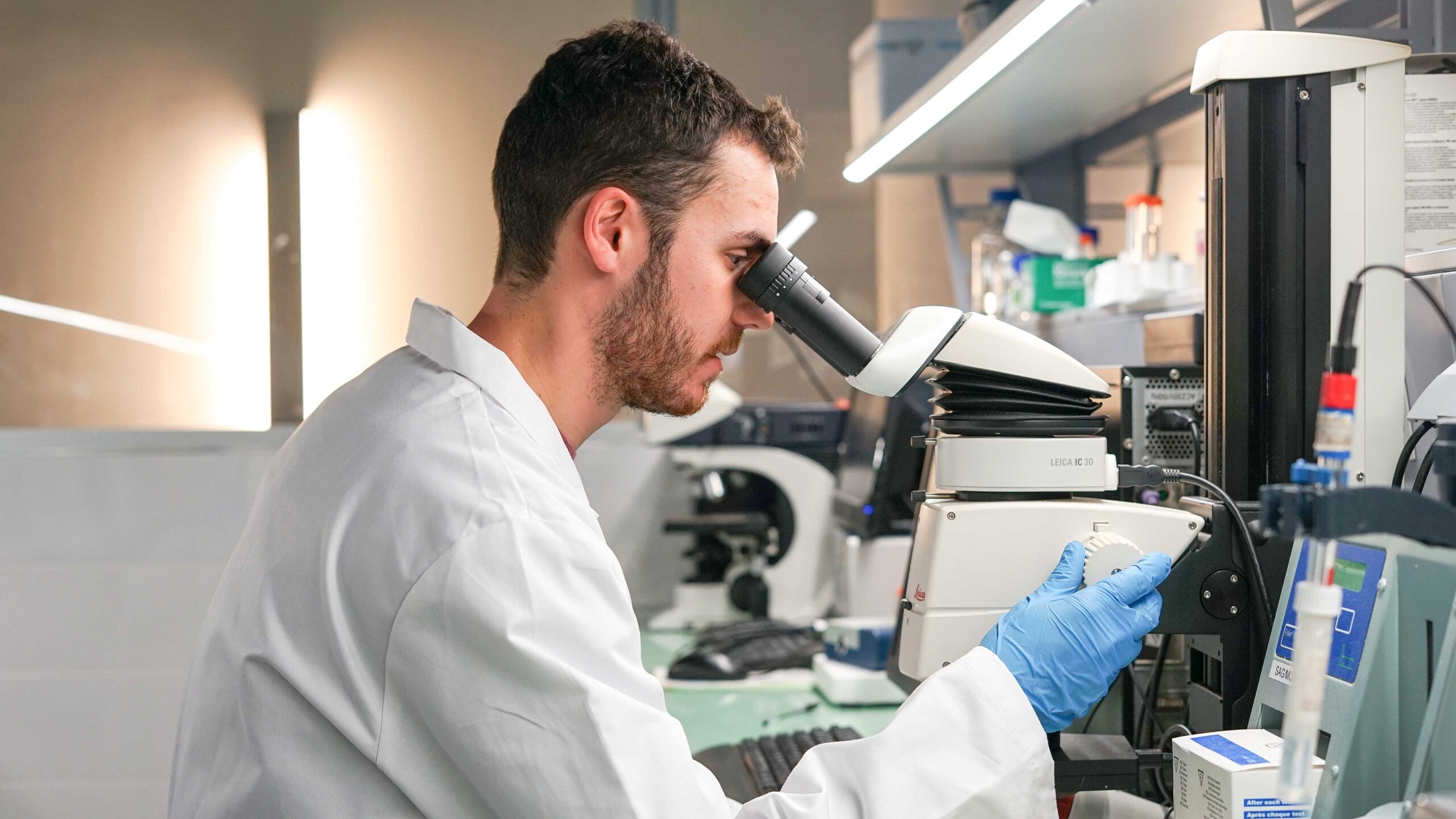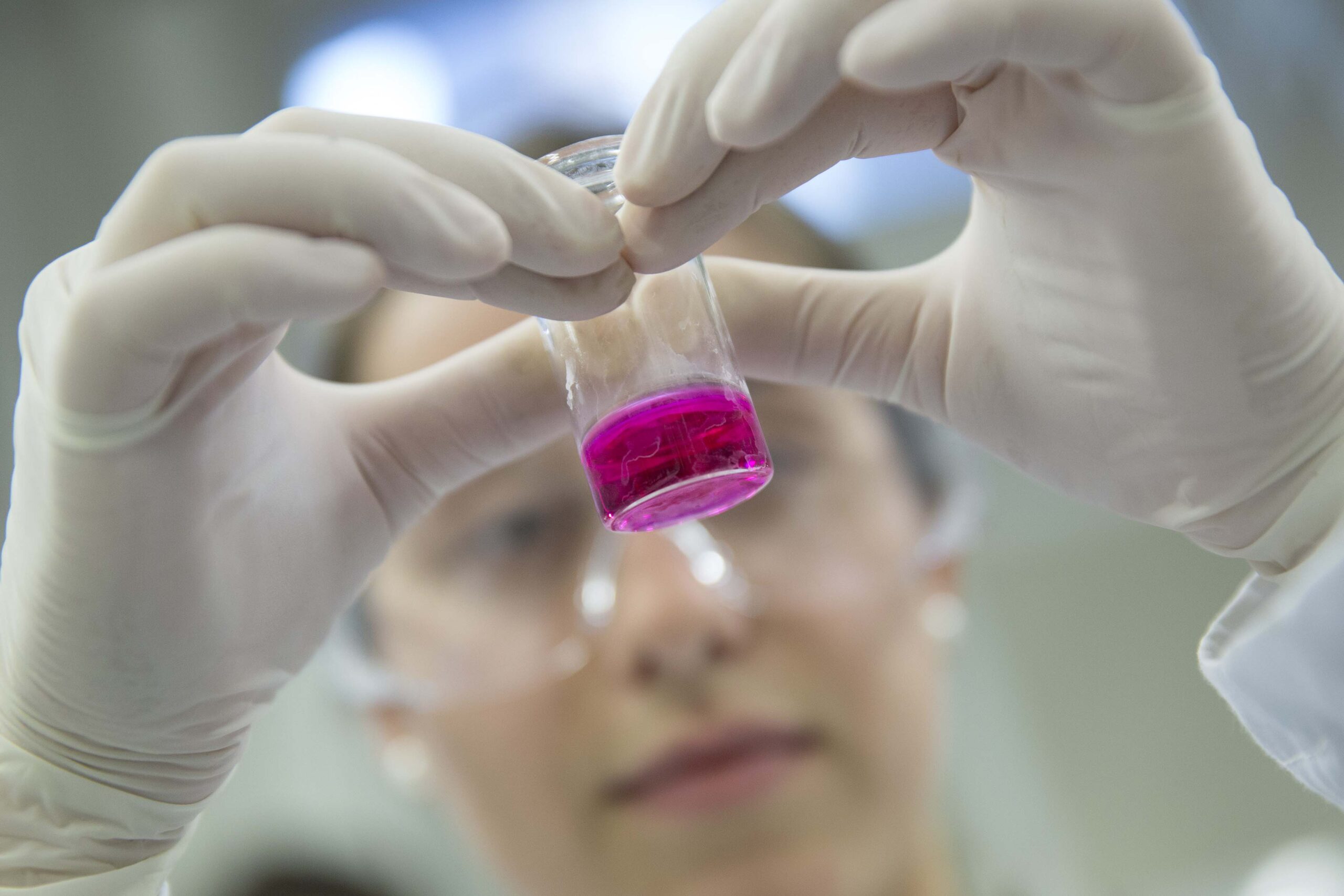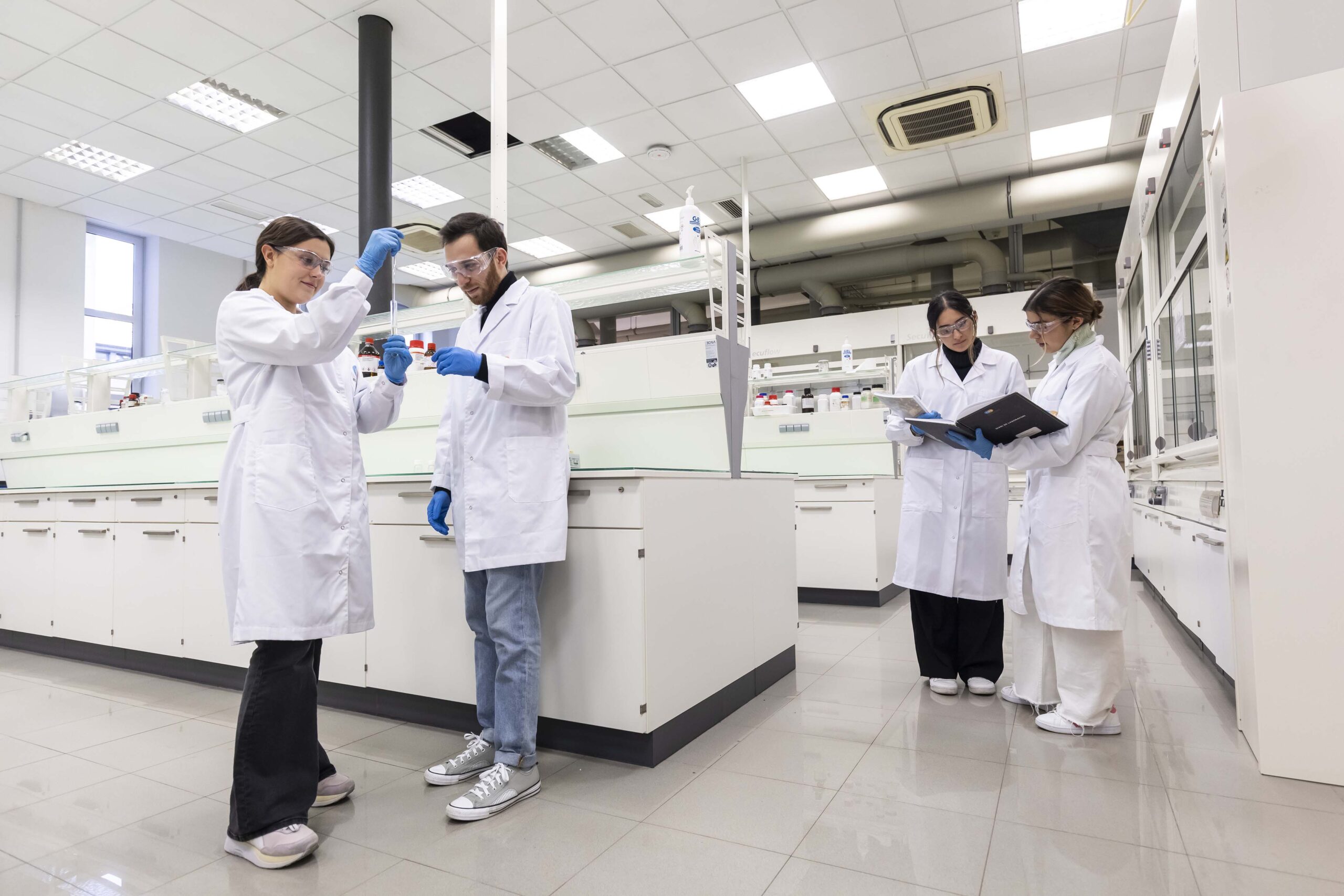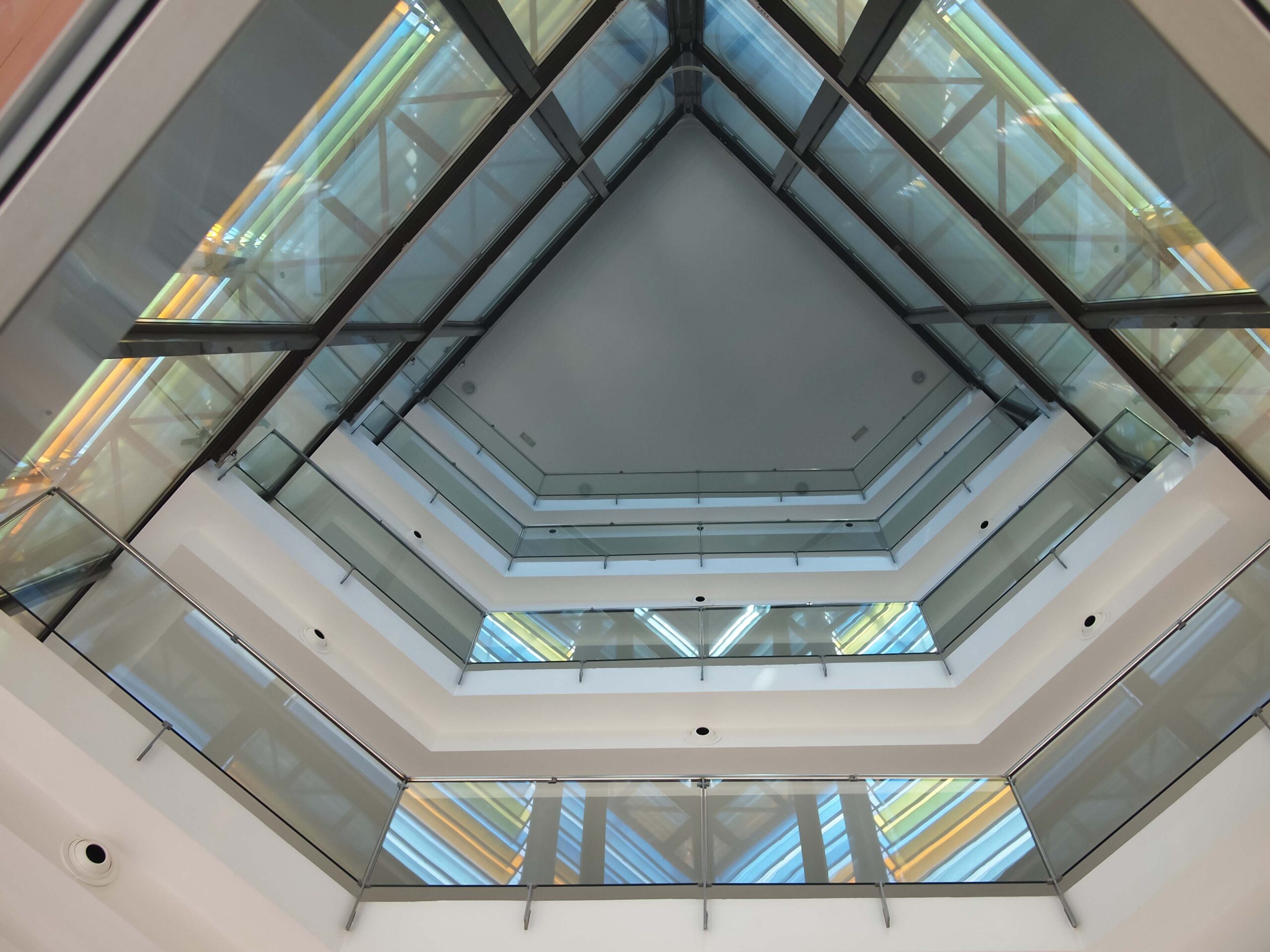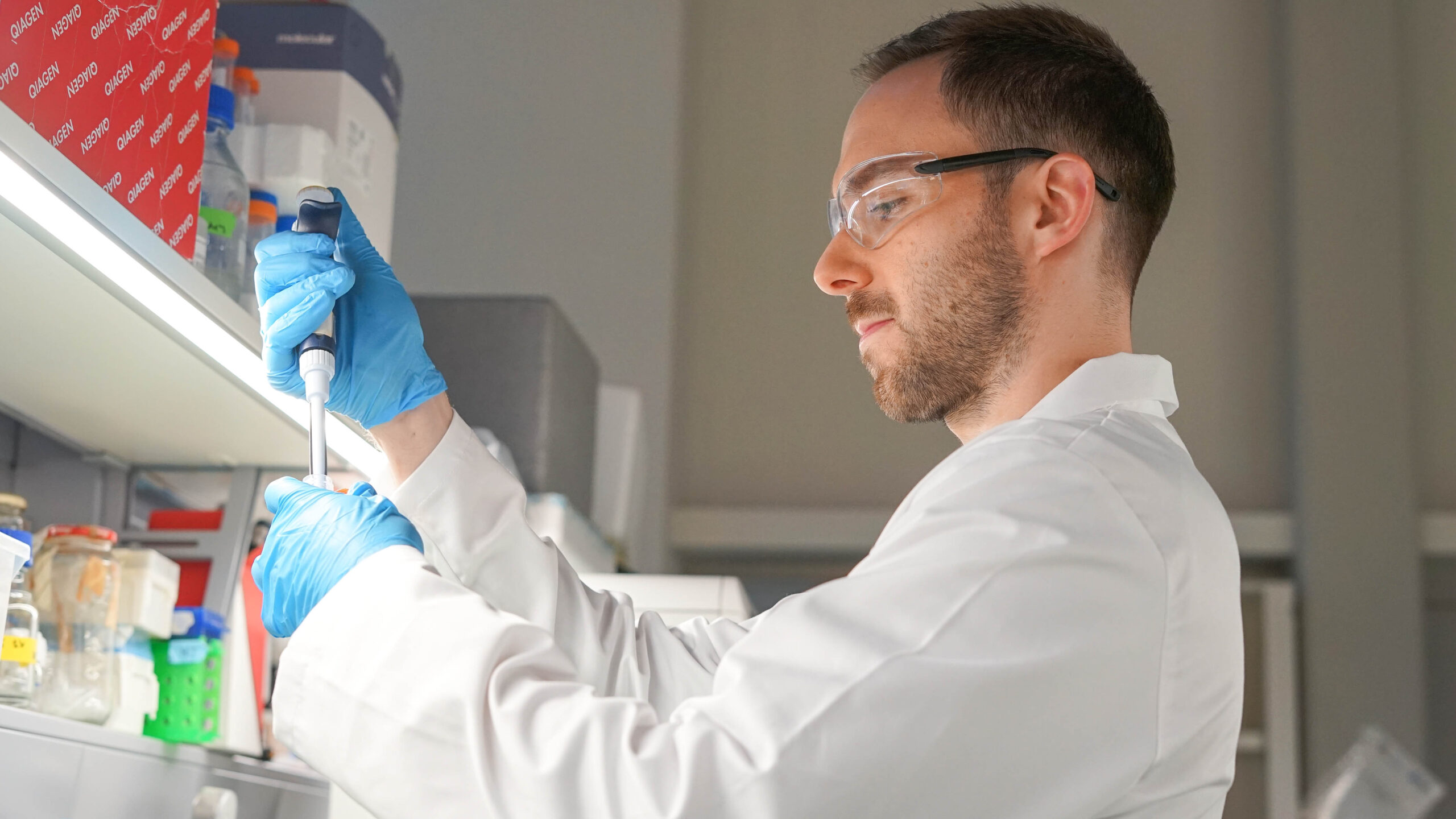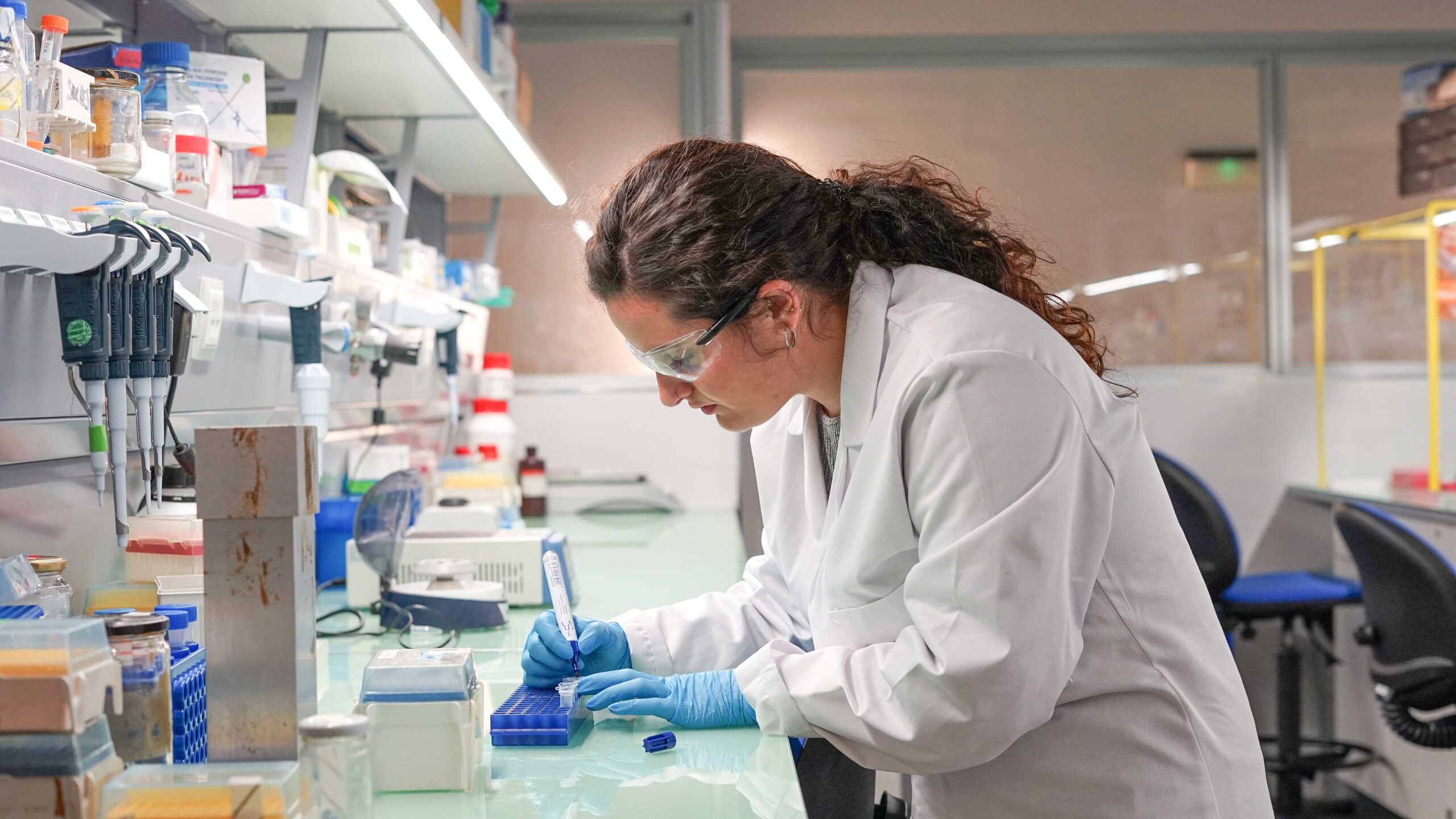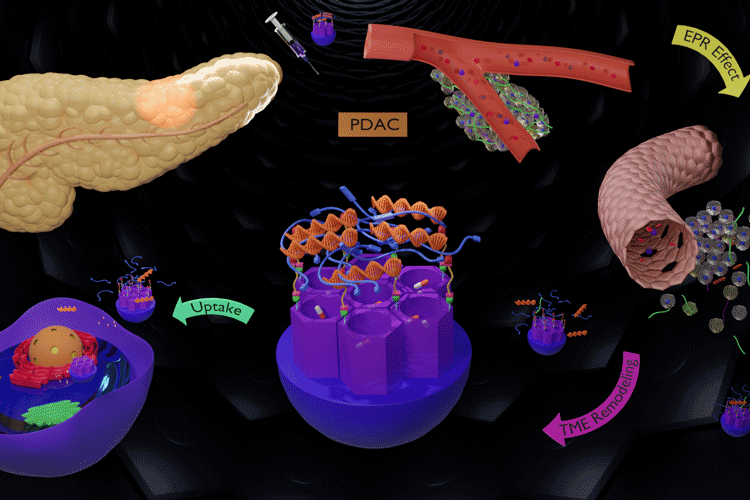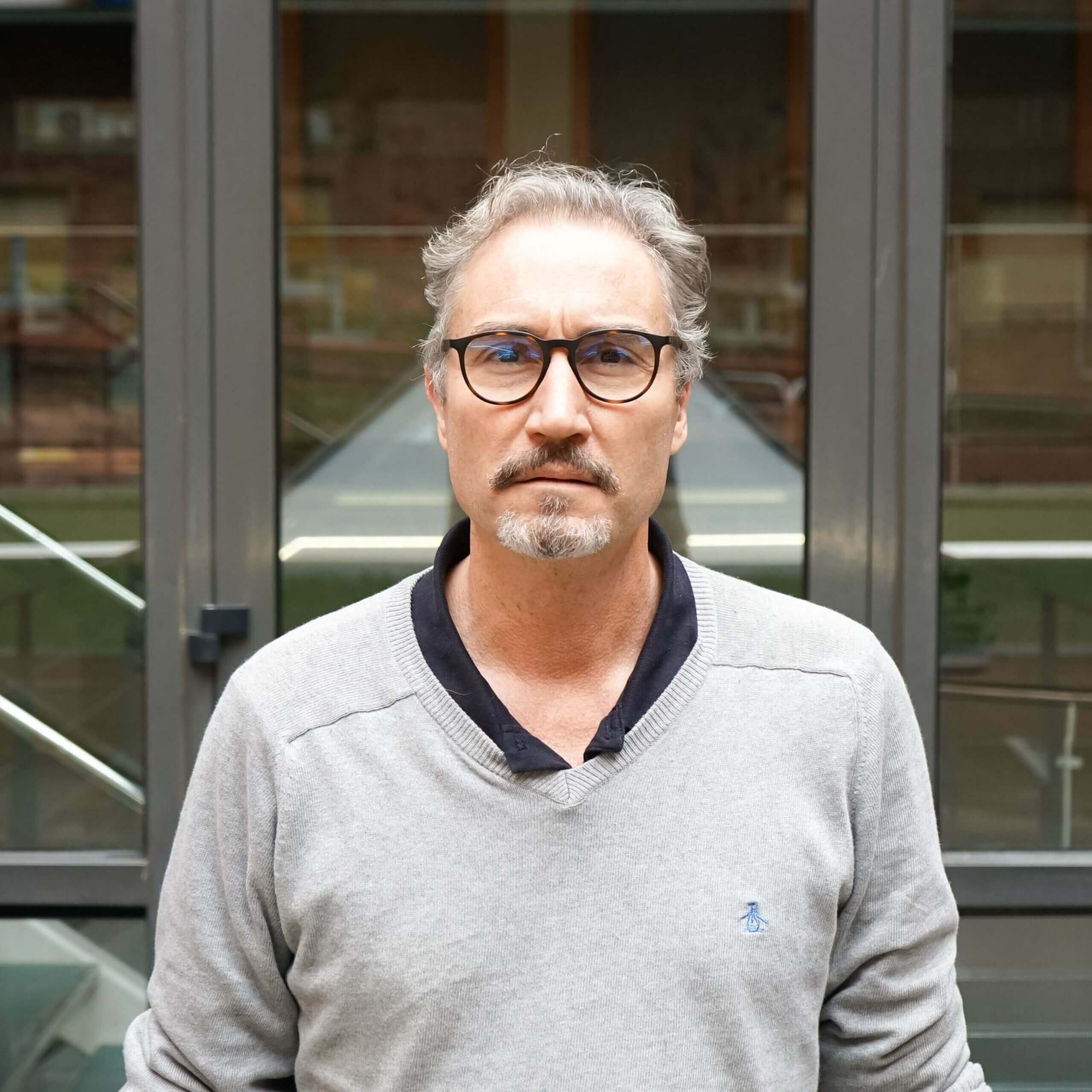IQS researchers Dr Carlos Semino Margrett, with the Tissue Engineering Laboratory and a member of the Pharmaceutical Chemistry Group (GQF), and Dr David Sánchez García, with the Supramolecular Chemistry Laboratory and a member of the Materials Engineering Group (GEMAT), are leading the Nanopan-3D project. Its objectives, first of all, include developing new nanovehicles that make it possible to overcome resistance to pancreatic cancer therapy and attain more effective treatments, along with the subsequent validation of the treatments using biomimetic 3D cell cultures.
Pancreatic cancer (PanCa) is a highly lethal disease with a five-year survival rate of around 5%. The most frequent type of PanCa is Pancreatic Ductal Adenocarcinoma (PDAC), widely considered one of the most aggressive cancers as it represents the fourth most common cause of death associated with cancer worldwide. PDAC has a unique feature of being asymptomatic up to advanced stages of the disease, due to which patients must necessarily receive chemotherapy treatments. Currently, the administration of Gemcitabine is the standard chemotherapy for the treatment of this type of cancer. However, resistance to chemotherapy associated with this type of drug limits its efficacy, with drug cocktails becoming necessary that also lead to serious systemic toxicity.
Nanopan-3D’s objectives
The main objective of the Nanopan-3D Project is to prepare nanovehicles based on nanoparticles of mesoporous silica to sequentially administer and release drugs in two stages: first, to reduce the stromal barrier of the tumour and control the fibrosis and hypoxia generated by it. The second stage entails releasing a conjugate of Gemcitabine loaded in the pores of the nanoparticles to eradicate the tumour cells. The group of researchers led by Dr Sánchez is working on this objective.
Another cause of the low efficacy of therapies against PDAC involves the intrinsic complexity of the tumour: it is protected by a physical barrier, or extracellular stromal matrix, creating an additional microenvironment with a low quantity of oxygen that complicates access by drugs during treatment and the survival of tumour cells that are highly adapted to this niche. This tumour microenvironment has already been studied by Dr Semino’s team, using simplified 3D cell culture models (formed solely by tumour cells). However, they do not reliably simulate the biological environment of PDAC. Therefore, it became necessary to use 3D models with mixed cultures of tumour cells and their associated stromal cells. In this manner, by establishing a “conversation” between the two cell types, a pro-tumoral cooperation has been created, resulting in far more reliable models that make it possible to validate the efficacy of the treatment with a complexity that is far more similar to actual tumours.
With that in mind, the second objective of the project entails seeking to recreate the actual tumour environment and evaluating the efficacy of the proposed treatment. To do so, complex 3D cell culture models are being employed, an area in which Dr Semino’s group has great expertise. In this case, the group is working with 3D PanCa cell models and their associated stromal cells, with which they will study and validate the efficacy of the proposed release systems within the first objective of the project.
The Nanopan3D project has received funding under the “Knowledge Generation Projects” call for grants within the framework of the Spanish National Programme to Support Science Research and Transfer as part of the Spanish National Scientific, Technical, and Innovation Plan 2021-2023.
Equipo
Research Groups

GQF – Pharmaceutical Chemistry Group
The GQF group research focuses on two main areas: 1) The Pharmaceutical Chemistry Unit (new drugs)2) The Continuous Chemical Processes Unit
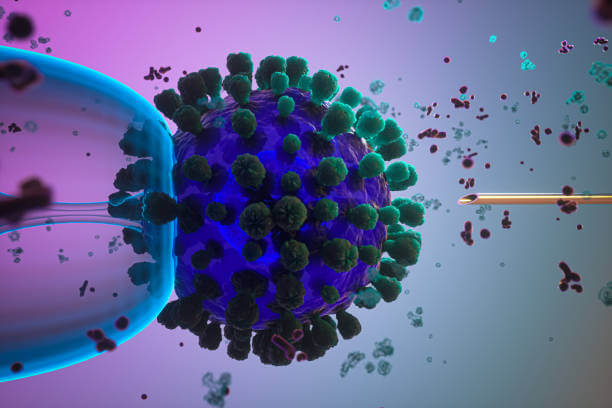
GEMAT – Materials Engineering
The GEMAT group (Materials Engineering Group) conducts its activity in three main areas: the development of new functional materials, surface engineering and biomaterials.
